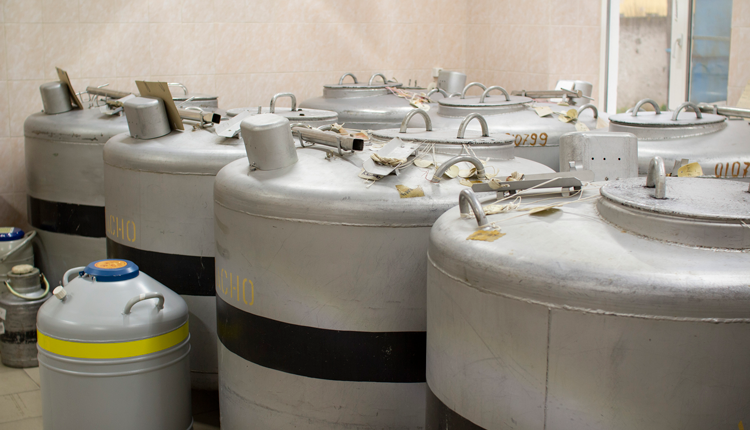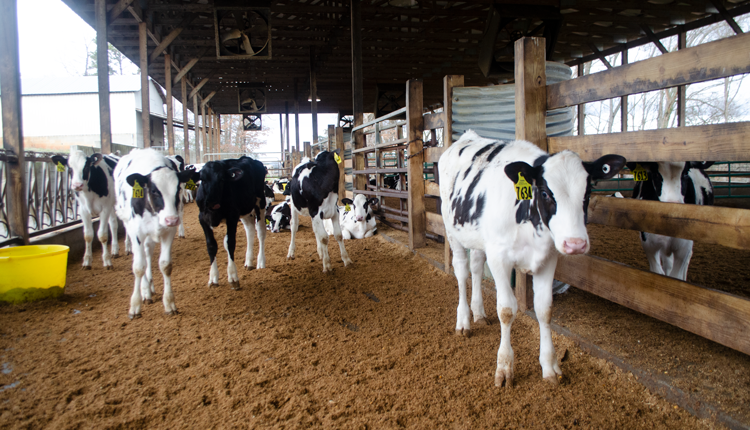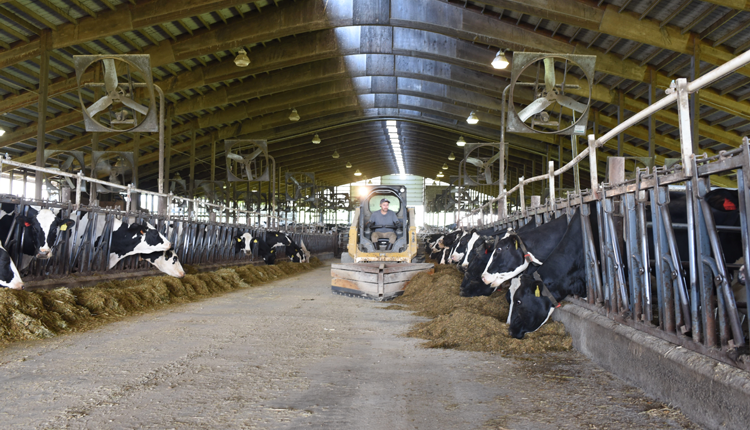
The debate on the next farm bill continues to intensify, and dairy policy has been near the top of the discussion. One key talking point centers on the fact that the Margin Protection Program (MPP-Dairy) did not make significant payments during 2016 when dairy producers faced financial headwinds. Paying MPP-Dairy premiums last year without receiving significant payments resulted in many producers declaring that MPP-Dairy is broken and must be fixed.
Returning to the MPP-Dairy discussion, it is important to remember that although having a safety net that is not strong enough is undesirable, having a safety net that is too strong is likely even more problematic. Those of us with more industry history can remember times when the dairy safety net was too strong and muted market signals. The structure of the U.S. dairy industry has been undergoing the transformation to fewer farms and more milk for decades so the direction of change is not unexpected. However, the lack of milk supply contraction in response to the lower milk profitability in 2016 should remind us that perhaps the industry is reaching a point where it will be more common to see little to no milk supply reduction in low profitability periods.
To comment, email your remarks to intel@hoards.com.
© Hoard's Dairyman Intel 2017
June 12, 2017








